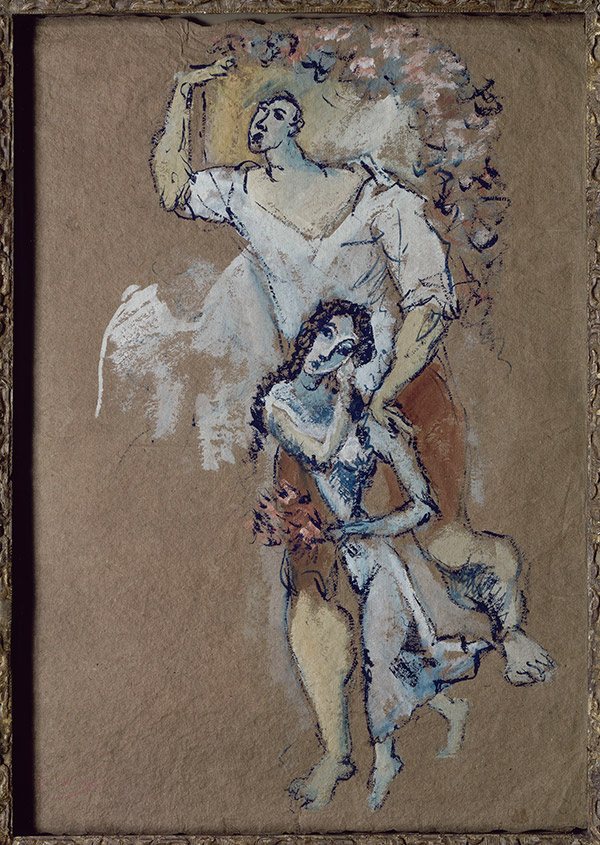Paul Guillaume, the French merchant who maintains the relationship with Picasso
The 1933 show was the last for Picasso at the Valentine Gallery for three years. With the exception of a few solo exhibitions of School of Paris painters, Dudensing’s program focused on American art during the depths of the Depression. He sold a few Picassos and European works in these intervening years; the pieces came not only from Rosenberg but also from another key source, Parisian art dealer and collector Paul Guillaume (1891-1934).
With an interest in African sculpture as well as contemporary art, Guillaume met Picasso and his circle of artist friends and began buying their work. He opened a gallery in 1914 and, while he did not represent Picasso, Guillaume did buy work from the artist over the years.[i] Dudensing and Guillaume first collaborated on a 1927 de Chirico exhibition at the Valentine Gallery—the artist’s first solo exhibition in the U.S.—after which the two remained close; Guillaume helped arrange shows at the Valentine Gallery in the early 1930s.[ii] In addition to works by Picasso, Guillaume sent Dudensing important paintings by the School of Paris painters until his untimely death in 1934. Subsequently, his widow, Domenica, continued selling Dudensing choice examples from Guillaume’s collection; the sales of these works helped sustain the Valentine Gallery during the Depression.
[i] FitzGerald, Making Modernism, 72 and Angelica Z. Rudenstine, The Guggenheim Museum Collection: Paintings 1808-1945 (New York: The Solomon R. Guggenheim Museum, 1976), Vol. II, 599, fn I.
[ii] Colette Giraudon of the Musée Picasso, in a letter dated June 3, 1996. See also Michel Hoog, preface to Paul Guillaume et les peintres du XXe siècle: de l’art negre a l’avant-garde (Paris: Bibliotheque des arts, 1993), 8.





 índice
índice